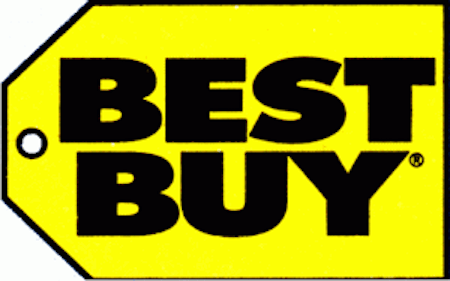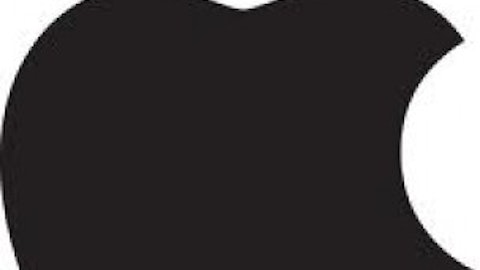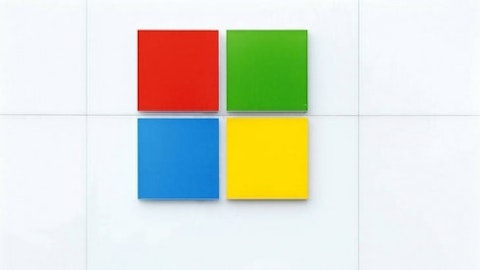
In today’s information age, people like to be active, and follow their investments closely. Thus, new age diversification allows each investment to serve a purpose in your portfolio.
In previous Motley Fool articles, I touched on this topic with both cyclical and secular targeted portfolios, but what about for those with different levels of income?
In my book, Taking Charge With Value Investing (McGraw-Hill, 2013), I discuss this topic from all angles, from types of investment, industries, portfolio size, goals, etc., but in this piece, I am looking at a very specific investor; those with a portfolio of $10,000, or an investor who is just starting out.
Preparing to buy & finding your goals
If you are investing $10,000, chances are you are a fairly new investor, and are willing to take larger risks for larger rewards.
In theory, as wealth grows, so does your avoidance of risk. Personally, I know all about this “theory.” Looking back 15 years, it’s a wonder I didn’t go broke, as I took risks that I wouldn’t even consider today.
The idea of having a smaller portfolio is knowing that your goal is to grow, but also taking calculated risks that will still leave you well diversified and protected.
What to buy?
| Company | Industry | Amount |
|---|---|---|
| Best Buy Co., Inc. (NYSE:BBY) | Retail | $3,000 |
| Apple Inc. (NASDAQ:AAPL) | Technology | $3,000 |
| Regeneron Pharmaceuticals Inc (NASDAQ:REGN) | Biopharmaceutical | $4,000 |
With $6,000 invested into Best Buy Co., Inc. (NYSE:BBY) and Apple Inc. (NASDAQ:AAPL) combined, this portfolio would have 60% of its holdings returning a dividend yield of almost 3%.
Many might say, “why Best Buy Co., Inc. (NYSE:BBY)?”
It is a logical question, but aside from it being a retail holding, the company is very cheap at just 0.20 times sales. It also has catalysts to produce additional gains, with its new store-in-a-store concept and online sales tax that could boost its sales.
Mant might say, “why Apple Inc. (NASDAQ:AAPL)?”
Apple trades at just seven times next year’s earnings minus cash and has a price/sales ratio of just 2.30; both of which are at least 50% less than competitor Microsoft Corporation (NASDAQ:MSFT). Moreover, Apple Inc. (NASDAQ:AAPL) is growing faster than Microsoft, but is cheaper due to it being in a natural transition between growth and value.
The transition from growth to value is something I often discuss, and I believe is very important for investors with small portfolios seeking large gains. In a sense, these are stocks that can be purchased for prices that are illogical.
Netflix, Inc. (NASDAQ:NFLX), Green Mountain Coffee Roasters, and even Best Buy Co., Inc. (NYSE:BBY) are examples of transition stocks. It occurs when a company is expensive as a growth stock, but then falls as it becomes more stable.





